EV Design: The 'Must' Details to Share With Your Sensor Manufacture

In any manufacturing operation, what often derails production schedules?

In any manufacturing operation, what often derails production schedules?
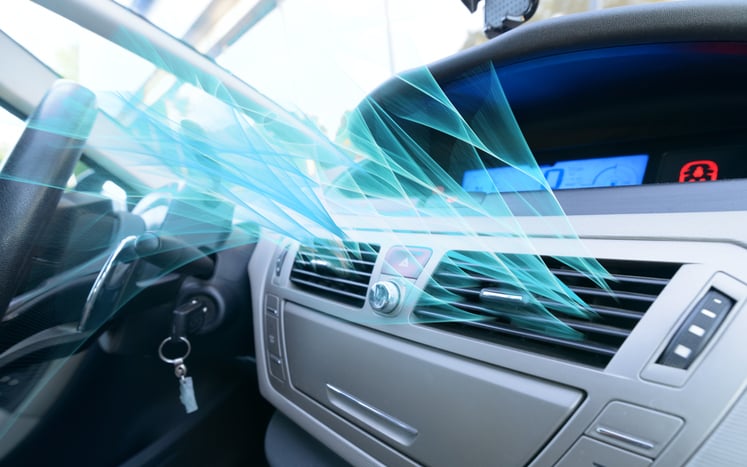
The days of smog-filled skylines, visible miles away from major metropolitan areas, are numbered.
The upcoming influx of electric vehicles (EV) on roads across the globe will be a boon for the natural environment and its air quality. It’s simple math: Exhaust emissions from automobiles decrease as the number of EVs increases.

Electric cars are getting all the attention in the transportation industry.
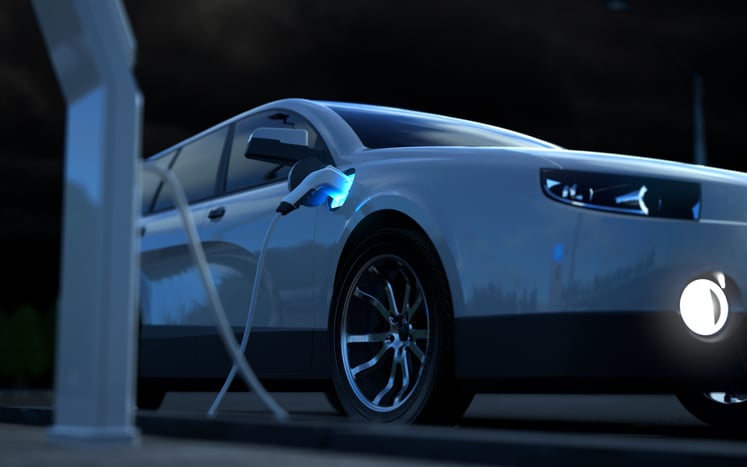
Electric vehicles meet many different needs.
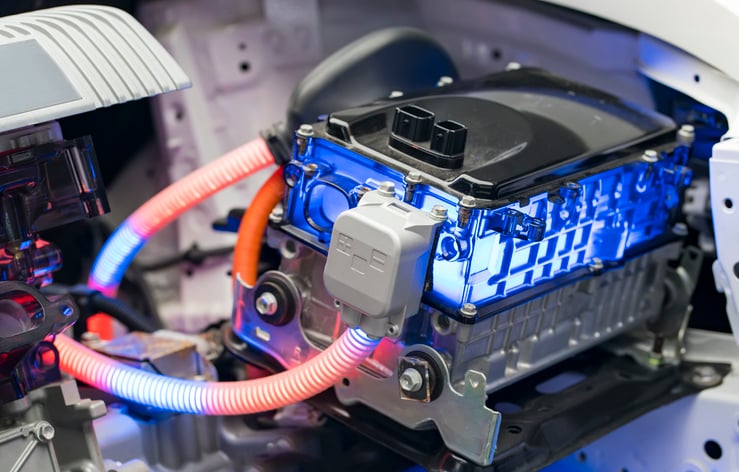
In some relationships, there's a certain level of expectation for deliverables.
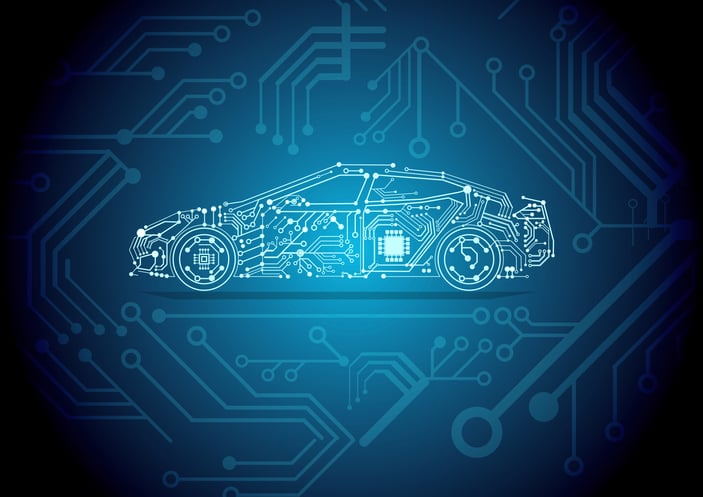
Even the most basic electric vehicle sensors are sophisticated.

| There’s nothing better in electric vehicle production than when everything comes together without issue. What does an established OEM sensor manufacturer bring to your EV supply chain? How about:
Read on to find out how! |
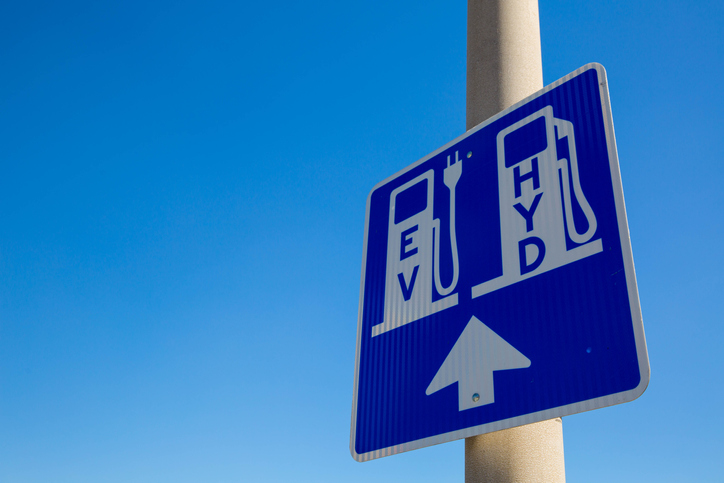
Not too long ago, there were two front-runners in the race for an alternate fuel source for vehicles: hydrogen and electricity.
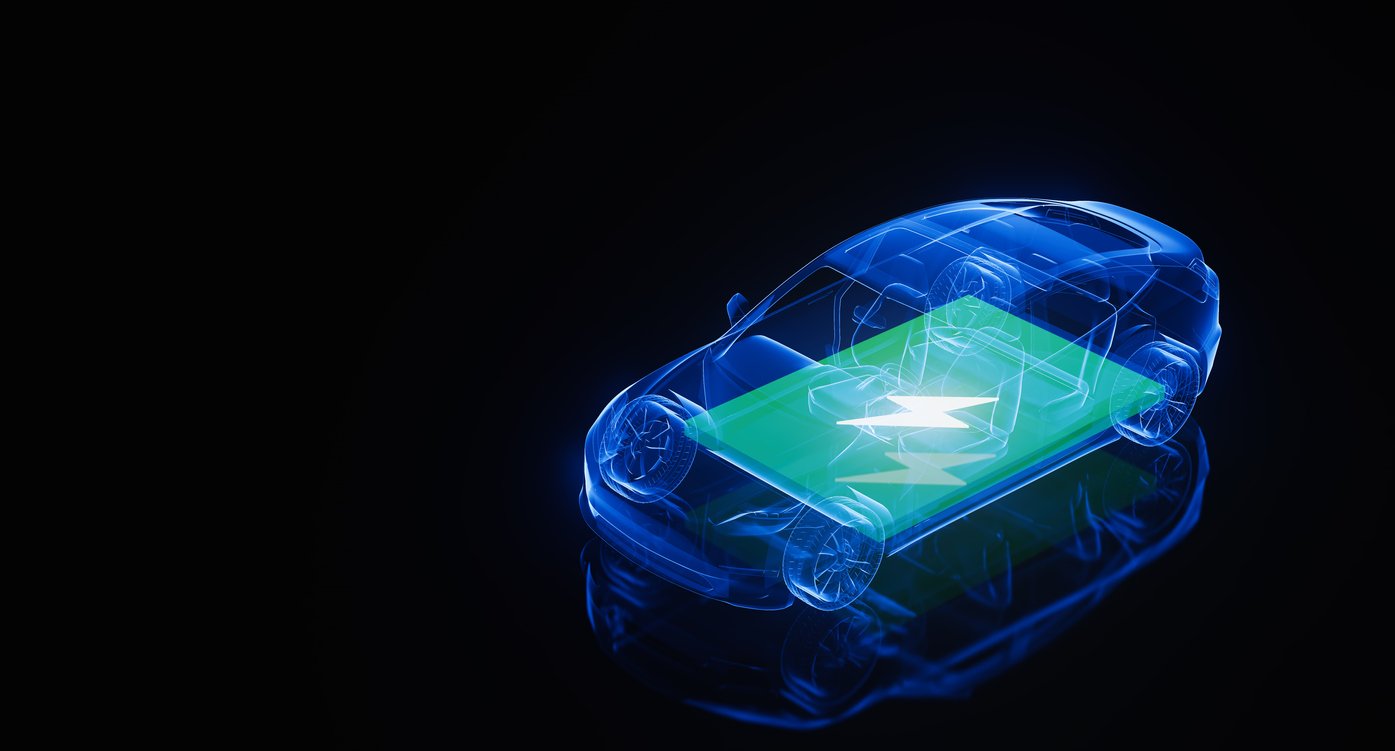
During the last 30 years, lithium-ion (Li-ion) batteries have become the dominant rechargeable battery technology, offering excellent power density and long service lives. Just look to every major auto manufacturer – in the last two years alone, most have started a major shift toward electric vehicles (EVs) powered by Li-ion battery technology and are phasing out cars and trucks with internal combustion engines.
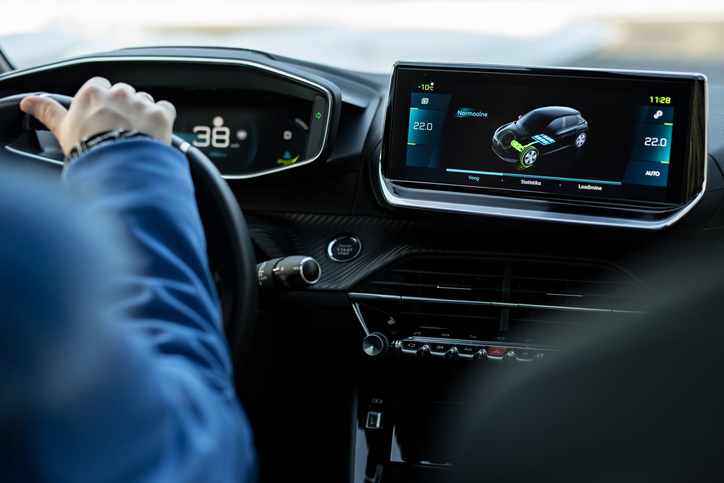
In designing electric vehicles (EVs), efficiency is key.